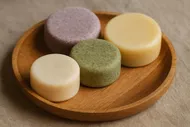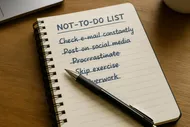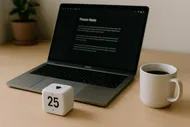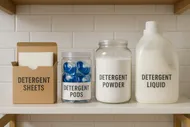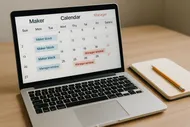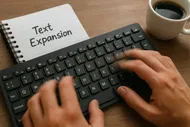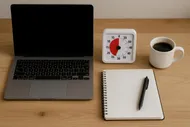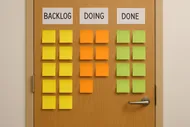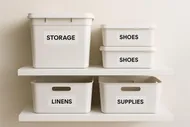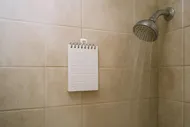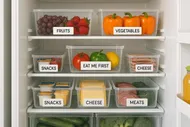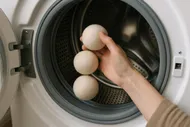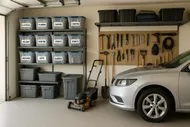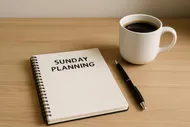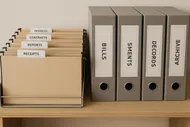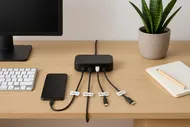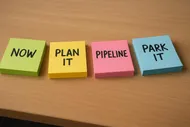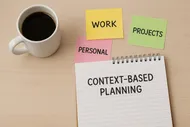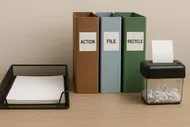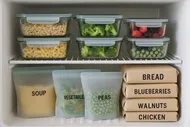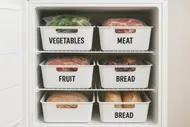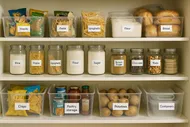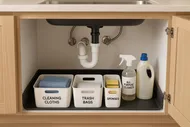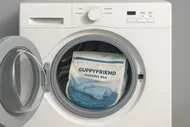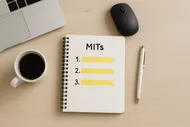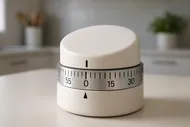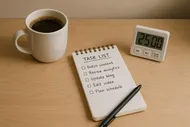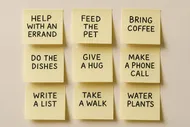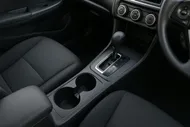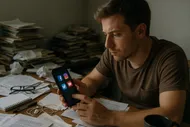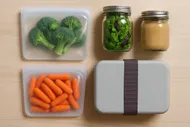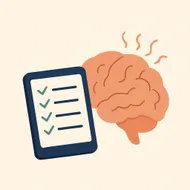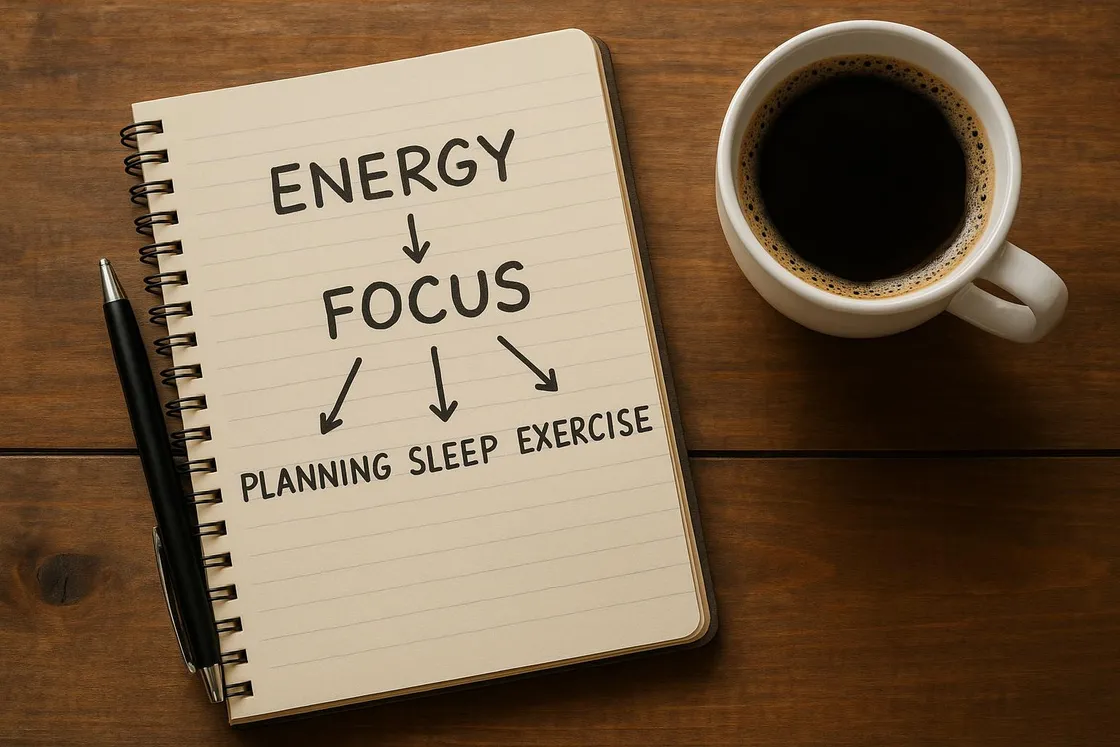I used to schedule my day like a robot: 9–10 AM “deep work,” 10–11 “emails,” 11–12 “panic about everything you didn’t do.” Then I realized my brain is not a robot. It’s a moody golden retriever that has glorious zoomies at 9:30 AM and a dramatic nap attack at 2:17 PM. Once I stopped budgeting hours and started budgeting energy, things got a lot less chaotic—and a lot more done.
Time management is what we write on the calendar. Energy management is what actually happens.
Me, after one coffee too many
Cool. So how do you build an “energy-first” day without turning into a self-optimization cyborg? Let’s map your natural peaks and slumps, assign the right tasks to the right battery level, and create a week that runs smoother than your favorite gel pen.

Why Plan by Batteries, Not Hours
If you’ve ever tried time-blocking and watched it explode by lunch, it’s probably because you tried to do boss-level tasks during potato-level energy. We fix that by matching task difficulty to your brain’s power curve.
- High energy: strategy, writing, coding, analysis—your “Deep Work Dragon Slayer” time.
- Medium energy: meetings, collaborative work, email triage—“Functional Human” time.
- Low energy: admin, routine, tidy, updates—“Put your brain on simmer” time.
If you’ve wrestled with time-blocking before, my guide to adding buffers and flexibility might help: Calendar Cramming: Why Your Time-Blocking Keeps Exploding (And What to Do About It).
The one rule that changes everything
Build your plan around your strongest 90–120 minutes—protect that block like it’s a baby panda. Everything else orbits that window.
Step 1: Run a 3-Day Energy Audit
Let’s diagnose your peaks and slumps, scientist-style (but with a friendlier lab coat).
- Set five daily alarms at: wake+90m, late morning, post-lunch, mid-afternoon, early evening.
- At each alarm, rate your energy from 1–5 and note what you’re doing.
- Capture environmental clues: sleep, hydration, caffeine, snacks, meetings, doomscrolling.
Look for patterns. Do you spike at 10 AM? Slump at 1:30? Rally at 4:30? That’s your battery behavior. No need for perfect data—direction is enough.

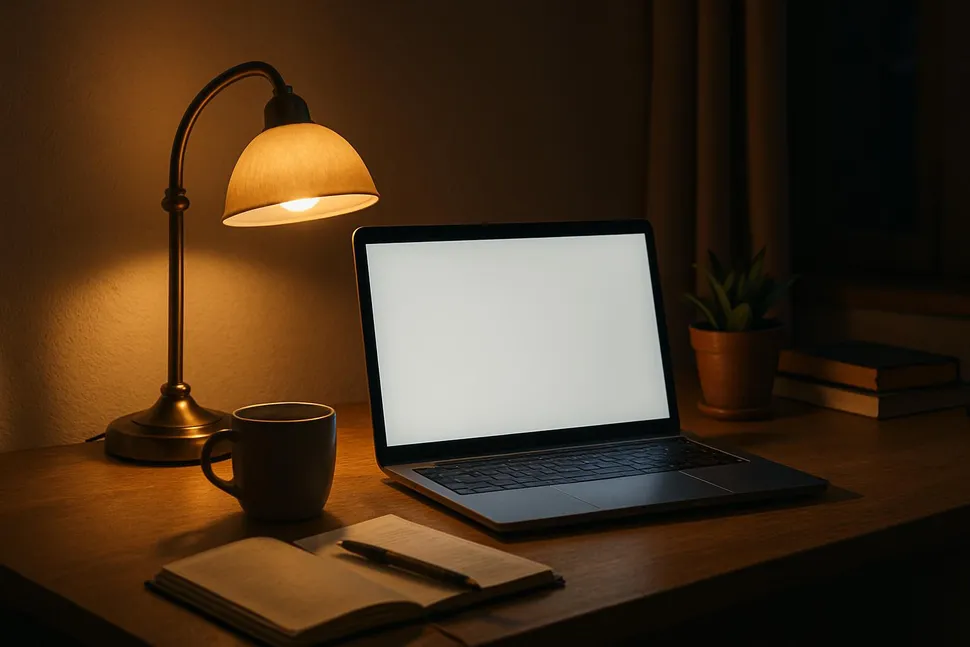
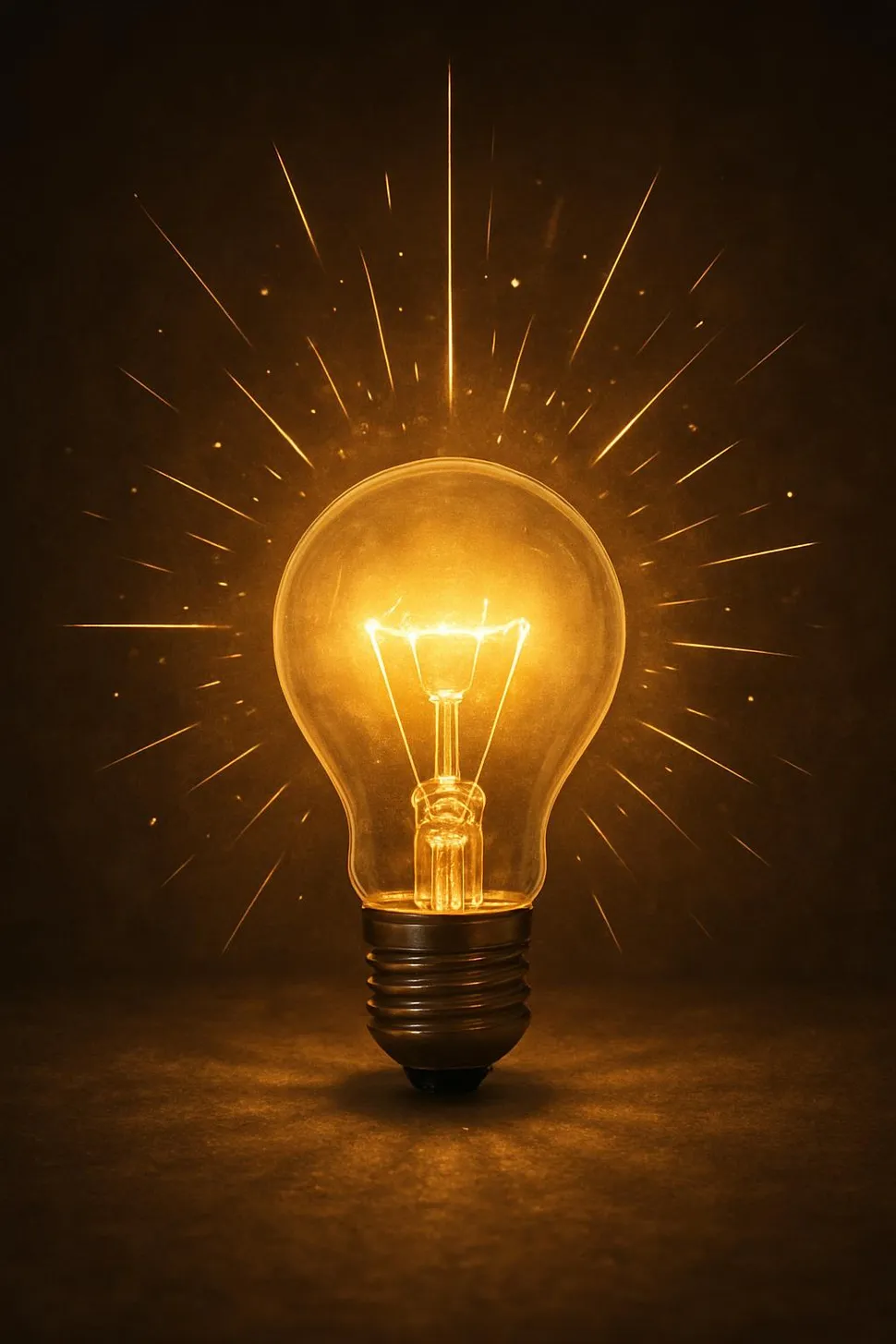
Step 2: Create Your Energy Map
Once you spot peaks and slumps, sketch a simple daily energy map. It might look like:
- 7–9 AM: Warm-up zone (2–3/5)
- 9–11: High-power zone (4–5/5)
- 11–1: Medium zone (3/5)
- 1–3: Slump (1–2/5)
- 3–5: Comeback zone (3–4/5)
Next, label your work into three buckets (be ruthless, my fellow procrastination sorcerer):
- Deep Work: high-focus projects, writing, coding, problem-solving.
- Flex/Medium: meetings, brainstorming, light analysis, review.
- Low-Lift: inbox triage, admin, tidying your digital/physical desk, scheduling.
Park your most important projects in your strongest slots. Not sure what your top three are? Try this helpful habit: The Rule of 3: Put Your Daily To-Do List on a Diet.

Step 3: Build an Energy-First Day Plan
Here’s how an energy-first day could look, for two common chronotypes. Adjust times for your real life (and your kid’s random science projects).
-
Morning Lark
- 7:30–8: Warm-up: review plan, tidy desk, prep notes
- 8–10: Deep work block (no meetings, no email)
- 10–11: Medium: quick standups, reviews
- 11–12: Low-lift: inbox triage, admin
- 12–12:30: Walk-and-snack reset
- 12:30–1:30: Medium: collaborative work, drafting
- 1:30–2: Power nap or walk (yes, seriously)
- 2–3: Low-lift: file, organize, status updates
- 3–4: Deep-ish: creative or analytical tasks
- 4–4:30: Shutdown: plan tomorrow, ta-da list
-
Night Owl
- 9–9:30: Warm-up (light admin, quick wins)
- 9:30–11: Medium (meetings, collaboration)
- 11–12: Low-lift (email, scheduling)
- 12–1: Lunch + walk
- 1–2: Low-lift (brain is mashed potatoes; be kind)
- 2–4: High-power block (your best focus)
- 4–5: Medium (reviews, feedback, planning)
- Evening: Optional bonus burst for creative work (protect your sleep)
If your day often falls apart after lunch, use this pairing: schedule a tiny deep-work “Power Hour” right before lunch. Then reward yourself with a guilt-free break. Here’s how to use that hour like a laser: Mastering the Power Hour for Ultimate Productivity.
But my calendar is chaos...
- Anchor two 60–90 minute deep-work blocks per week. Treat them as meetings with your future self.
- Push non-urgent meetings to your low/medium zones.
- Add 10–15 minute buffers after intense tasks to avoid mental whiplash. For more sanity-saving tactics, try a schedule detox: The Great Calendar Cleanse: Detox Your Schedule for More Free Time.
Step 4: Task Matching Cheat Sheet
Let’s sort common tasks into energy zones. Your mileage may vary, but this gets you rolling.
- High Energy (4–5/5)
- Strategy, writing first drafts, system design, research sprints, financial analysis
- Creating proposals, building presentations from scratch
- Medium Energy (3/5)
- Meetings, edits and reviews, code review, light analysis, structured brainstorming
- Writing second drafts, documentation
- Low Energy (1–2/5)
- Email triage, calendar wrangling, expense filing, organizing files, desk tidy
- Cleaning up browser tabs, renaming files, updating trackers
If you use your low-energy time for tiny tidying bursts, it does wonders for momentum. Try: The Art of the Two-Minute Tidy: How Quick Bursts Can Save Your Sanity.
Step 5: Smoother Slumps, Faster Comebacks
The post-lunch potato era is real. Let’s make it gentler—and shorter.
- Take an intentional recharge break. Stare out the window, walk a block, water a plant. Science says it’s good for your brain: The Art of Productive Breaks: Why Staring Out the Window Might Be Your Secret Weapon.
- Try a 10-minute power nap (set a timer so you don’t wake up in 2089): The Power Nap Experiment: Can 10 Minutes Really Save Your Entire Day?
- Fuel smart. Cookies can be a strategy if you plan them (I said strategy, not lifestyle): The Snack Break Productivity Method: Can Cookies Fuel Your Success?
- Guard your slump from doomscrolling. That vortex steals your next two hours: Stop Doomscrolling: Hacks to Reclaim Your Time from Social Media Black Holes

The Energy-First Toolkit (Low-Fi, High Impact)
You don’t need fancy gadgets. You need boring gear used brilliantly.
- Timer: set 25–50 minute focus sprints in your high-energy zones.
- Earplugs or white noise: protect your focus block from ambient chaos.
- Water bottle + light snack: hydration and stable blood sugar = fewer funks.
- A visual “Do Not Disturb” cue: headphones on, lamp on, or a little desk flag.
Scripts for your status message:
- “Heads up: Deep work 9–10:30. Ping me after 10:45 and I’m all yours.”
- “In focus mode 2–3:30 to finish the X report. Will respond after.”
And if you need help building startup rituals to cue “work mode,” try this joyful approach: The Productivity Power of Silly Rituals: How Weird Habits Jumpstart My Day.
Protecting the Peak (Without Becoming a Hermit)
It’s not about walling off your calendar forever. It’s about strategically defending your peak battery slot.
- Book recurring deep-work meetings with yourself.
- Batch meetings in medium-energy blocks (late morning or late afternoon).
- Convert status meetings to written updates or quick voice notes when possible.
- Keep your phone in “VIP notifications only” during peak zones so only truly important things can reach you.
If meetings are eating your life, wave this friendly machete: Meeting Madness: Surviving (and Silencing) the Calendar Invite Tsunami.
Weekly Energy Review (20 Minutes, Max)
Every Friday or Sunday, do a quick energy check-in:
- What worked? Which tasks felt “effortless hard” in a good way?
- What cost more energy than it deserved?
- Where did meetings land—could they move to a different zone next week?
- Which day felt spicy good? Clone it.
Then lay out next week’s protected peak blocks first. Only then add meetings and admin. If you like super-light resets, try a weekly sweep with this method: The One-Minute Rule: Tiny Tasks That Keep Your Life from Imploding.
A 7-Day Energy Budget Challenge
Want to try this with training wheels? Here’s your simple plan.
- Day 1–2: Run the 3-day energy audit (yes, two days to start; extra credit if you do three).
- Day 3: Draft your energy map and label your tasks.
- Day 4: Protect one 60–90 minute high-energy block. Use it for a single, important task.
- Day 5: Batch two low-energy tasks (admin + tidying) for your slump window.
- Day 6: Take one real recharge break (walk or power nap). Notice the rebound.
- Day 7: Do a 15-minute review. Keep what worked. Tweak what didn’t.
Post your setup or a photo of your “battery-friendly” workspace and tag us for accountability high-fives.
Common Roadblocks (And Sneaky Workarounds)
- “My job is all meetings.” Great—batch them in your medium zone and reserve one high-energy block per week for your priority project. Defend it like it’s the last donut.
- “My energy changes every day.” Same. That’s why we plan in pencil. Do a morning gut-check and adjust. Use your Ta-Da List to celebrate what did happen, not just the plan.
- “I only have 20 minutes between interruptions.” Fantastic for micro-moves: clean your inbox using the Two-Minute Rule, or do a quick Desk Detox.
And if your browser tabs look like a digital mushroom colony during low-energy hours, channel that fidget into something useful: close three tabs, file two downloads, and rename one messy file. It’s the tiny wins that prevent digital clutter avalanches.
The Quick-Start Template You Can Steal
Use this as a daily outline. Copy it into your planner or a single sticky note:
- Today’s top 1–3 tasks (aligned to high-energy block):
- Task A (Deep)
- Task B (Deep or Medium)
- Task C (Low-Lift)
- High-energy block (time + location + cue):
- 9:30–11, headphones + water, door closed
- Slump toolkit (one from each):
- Movement: 10-minute walk
- Snack: nuts + fruit
- Reset: 5-minute brain dump
- Low-lift bundle:
- Inbox, calendar, quick admin
- Shutdown mini-ritual:
- Ta-da list, plan tomorrow, desk reset
If you like keeping it analog, the “One Card” vibe is strong with this template. Pair it with a sticky-note system that doesn’t turn into confetti: The Post-It Avalanche: How to Actually Use Sticky Notes for Good (Not Chaos).

Real Talk: Will This Make Me a Morning Person?
Nope. The energy budget doesn’t force you into a 5 AM club. It teaches you to surf the waves you already have. If your peak is 2–4 PM, that’s your money window. If you’re a night-owl genius, lean into late-day deep work (but protect your sleep).
If you want a gentle daily rhythm that sticks, try pairing your planning with an existing habit—coffee, lunch, shutdown time. Habit stacking is the secret handshake of consistency: Turn Your Smartphone into a Minimalist Productivity Tool and Micro-Habits: Tiny Changes, Huge Gains (And Zero Shame).
Your mission this week
- Identify your strongest 90–120 minutes.
- Put one important task there every weekday.
- Guard it like a raccoon guards a shiny object. Everything else? We can finesse. But your peak window is sacred.
When you stop treating your brain like a 24/7 convenience store and start treating it like a rechargeable battery, the whole day changes. You do hard things when you’re powerful, easy things when you’re human, and restful things when you’re fried. That’s not laziness—it’s logistics.
If you try the 7-day challenge, tell me how it goes—and what your weirdest but most effective slump snack is. Mine? Sliced apple with peanut butter… and a few chocolate chips that “accidentally” fall in.



